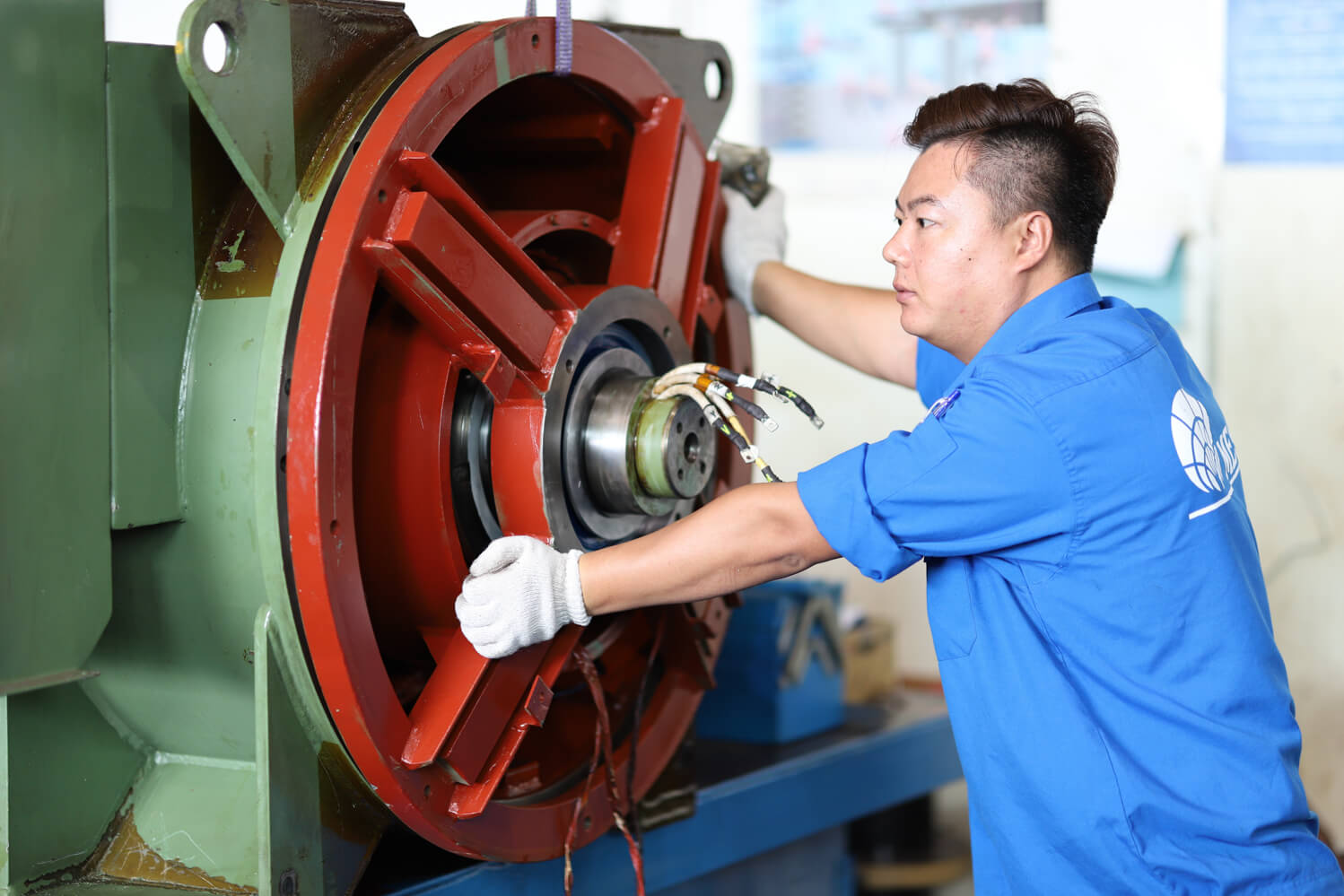DIY Motor Projects: Unleash Your Inner Engineer
Discover exciting DIY motor projects that ignite creativity and technical skills, perfect for aspiring engineers and hobbyists alike.

Understanding the Basics of Motors
Embarking on DIY motor projects is an exciting way to delve into the world of engineering. At the heart of these projects is understanding the basic principles of motors. A motor is a device that converts electrical energy into mechanical energy, which is essential for countless applications. There are various types of motors, such as DC motors, AC motors, and stepper motors, each with unique characteristics and uses. DC motors, for example, are prized for their simplicity and ease of control, making them ideal for beginners. By grasping these fundamentals, you lay a strong foundation for more complex projects. Learning how motors work, including concepts like torque, speed, and efficiency, not only boosts your technical skills but also enhances your problem-solving abilities.
Gathering Essential Tools and Materials
Before you start your DIY motor project, it's crucial to gather all necessary tools and materials. A basic toolkit might include a soldering iron, multimeter, screwdrivers, and pliers. Depending on the complexity of your project, you may also need a microcontroller, wires, resistors, and capacitors. Selecting the right motor is equally important; consider factors like power requirements, size, and compatibility with your project. For instance, a small DC motor might be perfect for a simple robotic arm, while a more powerful AC motor could be necessary for a larger mechanical application. Ensuring you have the right components and tools not only facilitates smoother construction but also minimizes frustration and errors during the building process.
Designing Your Motor Project
Design is a critical phase in any DIY motor project. This is where your creativity meets technical skills. Start by outlining the project's purpose and requirements. Are you building a small fan, a toy car, or a robotic arm? Define the specifications such as speed, load capacity, and control mechanisms. Use sketches or CAD software to visualize your design. Consider factors like the motor's placement, power supply, and connectivity with other components. It's also essential to plan for troubleshooting and maintenance. A well-thought-out design not only guides the construction process but also ensures the final product meets your expectations. Moreover, a clear design helps in identifying potential challenges and devising solutions beforehand.
Building and Testing
With a solid design in place, the next step is the actual building of your motor project. Begin by assembling the components according to your design plan. Pay attention to the wiring and connections, ensuring they are secure and correctly configured. Once assembled, it's time to test your creation. Start by checking the basic functions: does the motor turn on? Is it rotating in the desired direction? Use your multimeter to verify electrical connections and troubleshoot any issues. Testing is crucial as it helps identify faults early and allows for adjustments before finalizing the project. This phase not only tests your patience but also enhances your understanding of how motors and electronics work together.
Showcasing and Improving Your Project
Completing your DIY motor project is a moment of achievement, but it's not the end of the journey. Sharing your work with friends, family, or online communities can provide valuable feedback and inspiration for improvements. Consider creating a video demonstration or a detailed write-up explaining the project's functionality and design choices. This not only showcases your engineering skills but also contributes to the DIY community. Additionally, reflect on the project to identify areas for enhancement. Could the design be more efficient? Are there ways to automate or add features? Embracing a mindset of continuous improvement turns each project into a stepping stone for future innovations.